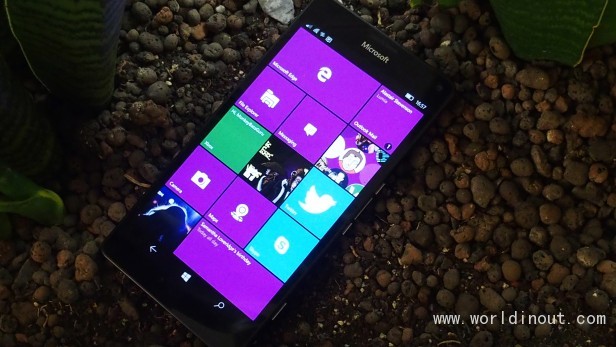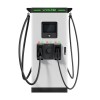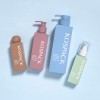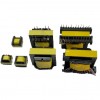Lumia 950 XL – Performance
The Lumia 950 XL is chock-full of impressive hardware. It’s powered by an octa-core Qualcomm Snapdragon 810 processor, Adreno 430 GPU and 3GB of RAM. There are very few apps on the Windows Store that need this much horsepower – although I imagine Continuum will be a big drain on the phone's memory.
My only potential concern about the specs is the 810’s well-documented tendency to heat up to thigh-burning levels. However, outside of a few inexplicable, randomly timed hot flashes, the Lumia 950 XL generally ran cool during my time with it.
Benchmarked on basemark OS II, the Lumia 950 XL performed slightly worse than expected, with an overall score of 1,481. The cheaper Google Nexus 6P achieved a 1,595 overall score on the same test, by comparison.
image: http://img.worldinout.com/img/201512/15/133015674.jpg

I noticed a few performance issues during my time with the Lumia 950 XL, however. On occasion, software bugs caused my review sample to chug and stutter when navigating between menus. Games of Halo: Spartan Assault suffered the same issue.
The stutters are far from deal-breaking, but they do make the Lumia 950 XL feel a little buggy for my liking.
Lumia 950 XL – Camera
The Lumia range's PureView camera tech has always been a unique selling point for the Windows phones.
As a result, I had high hopes for the Lumia 950 XL’s 20-megapixel rear camera. Following a week with the device, I'm happy to say that I in general, I was happy with the camera's performance.
Shooting in regular light the camera proved capable of taking wonderfully sharp and vibrant shots in its automatic setting. Photos were crisp, displaying decent contrast and white balance=. I also didn’t notice any lag between the time I clicked the shutter button and the camera snapping a photo in regular light.
Moving into lower light, the camera again performed admirably. Thanks to the inclusion of optical image stabilisation technology (OIS), combined with Carl Zeiss optics, the Lumia 950 XL produced decent images with the flash off. Pictures displayed reasonable amounts of detail, with fairly realistic colours – with no sign of any pixellation.
However, there was one issue: at points, the autofocus would become a little finicky and take a millisecond longer than I’d like to lock on to my intended target. Note that this is an issue that affect most smartphone cameras in low light.
image: http://img.worldinout.com/img/201512/15/133015484.jpg
 The Lumia 950 XL's camera works pretty well in low light
The Lumia 950 XL's camera works pretty well in low light
image: http://img.worldinout.com/img/201512/15/133015104.jpg
 Photos are suitably sharp
Photos are suitably sharp
image: http://img.worldinout.com/img/201512/15/133015884.jpg
 The triple LED flash doesn't overdo it
The triple LED flash doesn't overdo it
image: http://img.worldinout.com/img/201512/15/133015894.jpg
 Colours are vibrant
Colours are vibrant
The triple LED flash tech also performed well, but continued to make people or objects in the foreground of shots look overly bright and slightly luminous. The phone’s Rich Capture mode helped to partially mitigate this issue, but failed to entirely fix it.
Rich Capture is a shot option that lets you manually adjust the colour saturation of specific sections of photos after they’ve been taken.
The Lumia 950 XL’s reworked camera app aids its impressive photographic performance. Although it may have been renamed “Camera”, the app is actually an updated version of the Lumia Camera app that appeared on past top-end Microsoft phones. It’s a marked step up from Windows Phone 8.1’s previous home-brewed camera app, but it houses a wealth of manual controls for the camera’s ISO, white balance and exposure.
4K video capture is another positive – although I didn’t have a 4K monitor to hand during my review so can’t comment accurately on its quality yet.










